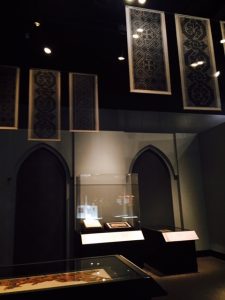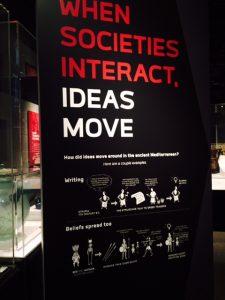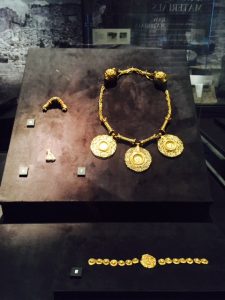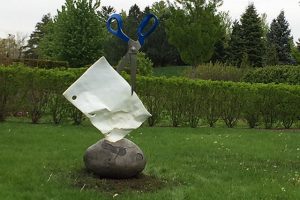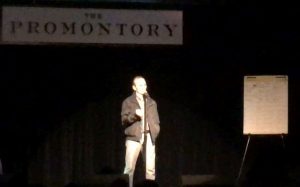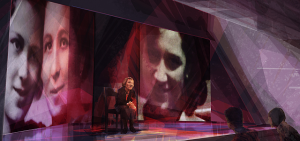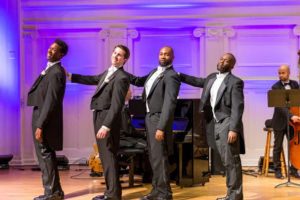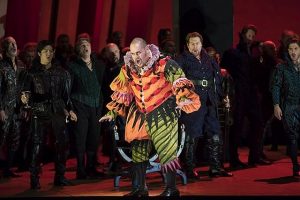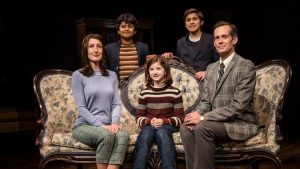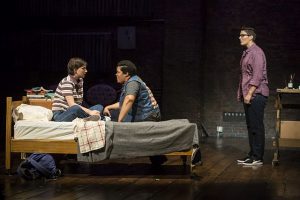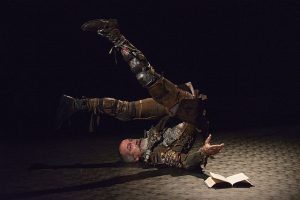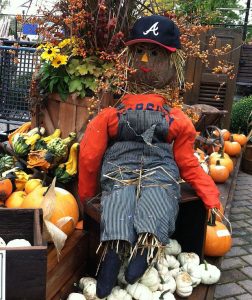RECOMMENDED
Take the just-the-facts “ma’am” of Utilitarianism, compare it to the artistic joy of the circus, throw in dispiriting working conditions typical of mid 1800’s to early 1900’s mill towns, then people it with some victims and some typically villainous and greedy Dickensian characters and you have Charles Dickens’ 1854 story, ‘Hard Times for These Times.’
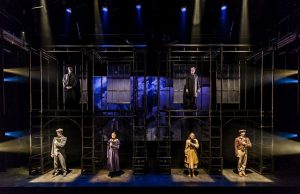
What makes what would be a difficult-to-enjoy retelling of a sad story worth going to is the beautiful staging, exceptional acting and delightful Actors Gymnasium acrobatics in a production recently opened at Lookingglass Theatre.
Originally adapted and directed by Heidi Stillman in 2001, the production returns to Lookingglass with gorgeous, dream-like circus sequences in the background. They emphasize the longing of its two main female characters: Louisa, the daughter of a utilitarian-style school superintendent, Mr. Gradgrind, and Sissy, who performed in a traveling circus until her father, a clown, left her so she could become educated.
Louisa is perfectly played as a dutiful, unhappy daughter by Cordelia Dewdney. Actress-Aerialist Audrey Anderson is just right as her friend, Sissy, former performer but now a student at the school and a member of the Gradgrind household.
Troy West is the odious mill owner, Mr. Bounderby who wants to marry Louisa even though he is 50 when she finishes her education at age 20. J.J. Philips is Tom, Louisa’s manipulative brother.
A secondary plot pits Stephen (David Catlin ) against the prevailing system. He’s a mill worker desperate to divorce his alcoholic wife but too poor to do so. He’s in love with the sweet-spirited Rachel (Louise Lamson).
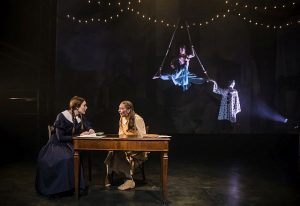
The entire cast is terrific with many of the actors playing more than one role.
Raymond Fox , excellent as Mr. Gradgrind, also plays Slackbridge. Catlin doubles as circus owner Sleary. Nathan Hosner portrays Mr. Harthouse, a wealthy idler who is interested in Louisa, and also does Mr. M’Choakumchild and Kidderminster.
A special note has to be made of Amy J. Carle’s awesome performance as Mrs. Sparsit, Mr. Bounderby’s housekeeper and probable mistress.
Marilyn Dobbs Frank is so good as Mrs. Pegler, a lady who occasionally appears that you will likely guess who she really is.
Even though the mill conditions of “Hard Times” and prospects for women have changed, his character types are still present. So as with many Shakespearean plays, “Hard Times,”can be re-set in the present time.
DETAILS: ‘Hard Times – For These Times’ is at Lookingglass Theatre, 821 N. Michigan, through Jan. 14, 2018. Running time 2 hours, 40 minutes, one intermission. For tickets and other information visit Lookingglass.
Jodie Jacobs
For more shows visit TheatreinChicago.

